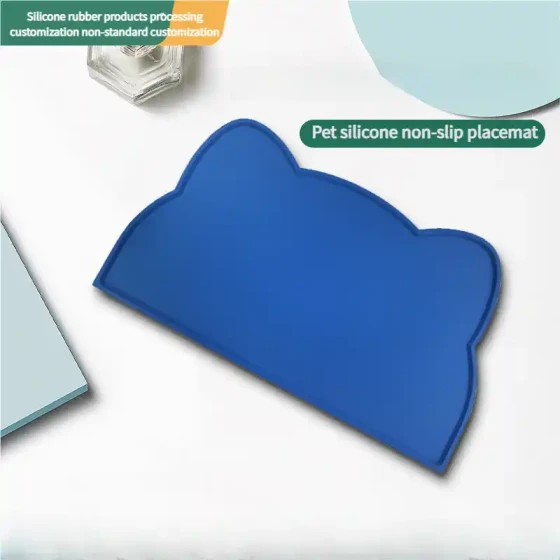Care Knowledge of Otterhound
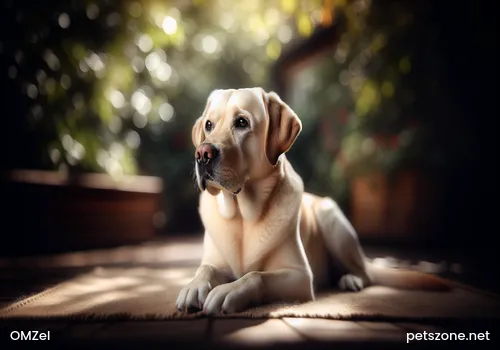
Otterhound (detailed introduction)
The Otterhound's personality is very gentle and friendly, with such a good temper that it will never bite. So when you groom and care for it, you don't need to worry about resistance. Of course, you should still pay attention to gestures during care to avoid hurting the eyes and skin. Below is a brief introduction to the daily care knowledge of the Otterhound.
Daily Care
Teeth Care
The Otterhound’s teeth are an important tool for chewing and gnawing food, especially hard bones. Like human teeth, when food debris or residue remains in the gaps between teeth, it can cause bacteria to breed, leading to cavities or gingivitis, which affects the dog’s appetite and digestion. Therefore, the dog's teeth should be checked often or regularly, and problems should be addressed promptly. Method: use a wet cotton ball dipped in tooth powder (do not use human toothpaste as dogs dislike its taste) to remove tartar. Generally, brush the dog's teeth once a week. Additionally, frequently feeding bones satisfies the dog’s desire to gnaw and also helps clean and strengthen teeth.
Ear Canal Care
The Otterhound’s ear canals easily accumulate oils, dust, and moisture. Especially for big-eared dogs, drooping ears often cover the ear canal, and the long hair near the ear canal (like Poodles or Pekingese) can also cover it. Because of poor air circulation, the ear canal is prone to dampness and dirt accumulation, causing infection and inflammation. Therefore, the dog’s ears should be checked frequently. If the dog frequently scratches its ears or shakes its head continuously, it indicates ear problems and requires careful and timely inspection.
Method to Remove Earwax
First, disinfect the outer ear canal using an alcohol cotton ball, then apply 3% sodium bicarbonate ear drops or 2% boric acid water to the earwax area. After the dried earwax softens, gently remove it with small tweezers. Do not insert the tweezers too deep, and stay highly focused. If the dog shakes its head, remove the tweezers quickly to avoid injuring the eardrum or ear canal mucosa.
Eye Protection
Some dogs with large eyeballs and heavy tear secretion, like Pekingese, Chihuahua, Shih Tzu, and Poodles, often have excessive tears flowing from their eyes, causing discoloration of the hair under the eye corners. Therefore, the dog's eyes should be checked regularly. When dogs suffer from certain infectious diseases (such as canine distemper), especially with eye diseases, they often develop eyelid swelling and accumulate mucus or purulent secretions inside the eye corners. In this case, the eyes should be carefully treated and cared for. The method is to gently wipe from the inner eye corner outward with a 2% boric acid cotton ball (or cooled boiled water), without rubbing back and forth on the eyes. If one cotton ball is insufficient, replace it until the eyes are clean. After wiping, apply eye drops or eye ointment to eliminate inflammation. Some dogs, such as Shar Peis, tend to have excessive skin folds on their heads, which cause eyelashes to invert. These inverted eyelashes can irritate the eyeball, causing blurred vision, conjunctivitis, or corneal opacity. This requires surgery by a veterinarian to remove part of the eyelid (similar to human double eyelid cosmetic surgery). However, if the surgery fails, the eyelid may not properly cover the eyeball, causing eye exposure. A simpler method is to pull out the inverted eyelashes with tweezers. Since inverted eyelashes in Shar Peis are hereditary, when purchasing a Shar Pei, besides checking the lineage, you should also inquire whether the parents have this defect.
Coat Grooming
First, place the dog on a table (or stand), let it stand steadily, then roughly comb with a wide-tooth comb. Once the dog is calm and accustomed, comb carefully.
Combing Order
Is: head and chest → front limbs → back → sides of the abdomen → tail → hind limbs.
Long-haired Dog Grooming
Long-haired dogs have soft and delicate fur. Care must be taken during grooming to prevent tangling or breakage. First, brush against the hair grain with a bristle brush to bring out dander, dust, and dirt. Then clean with a wet towel. Next, use a rubber-cushioned pin brush, brushing first the tips of the fur, then the roots. If tangles are encountered, apply a little olive oil and slowly untangle with fingers before brushing to avoid hair breakage. For mats, cut them along the hair axis into smaller parts with scissors and then brush. After brushing, use both wide-tooth and fine-tooth combs for careful grooming. Generally, pick up the outer hair first to comb the undercoat, then comb the outer hair back.
Short-haired Dog Grooming
First, brush against the hair grain with a bristle brush to bring out dander and dirt, then clean with a wet towel. Afterwards, brush along the hair grain once to make the coat glossy and beautiful. After wiping with a wet towel, it is best to blow dry the fur with a hairdryer.
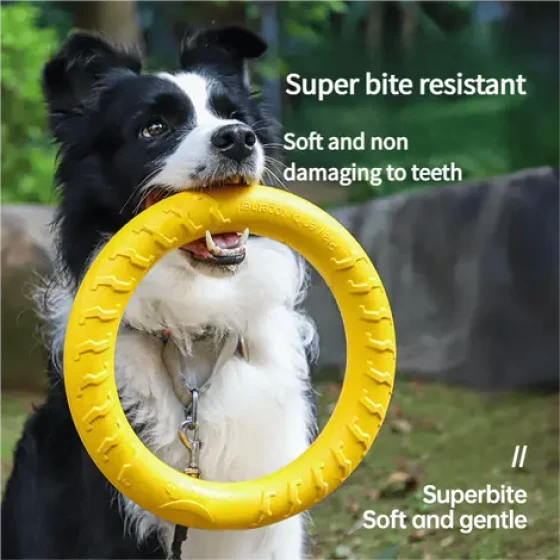
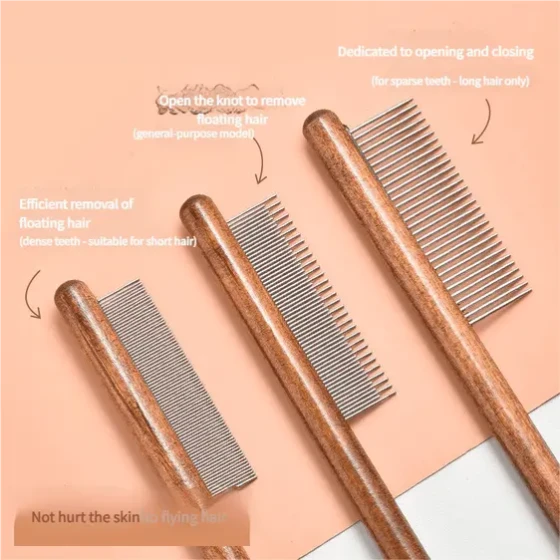
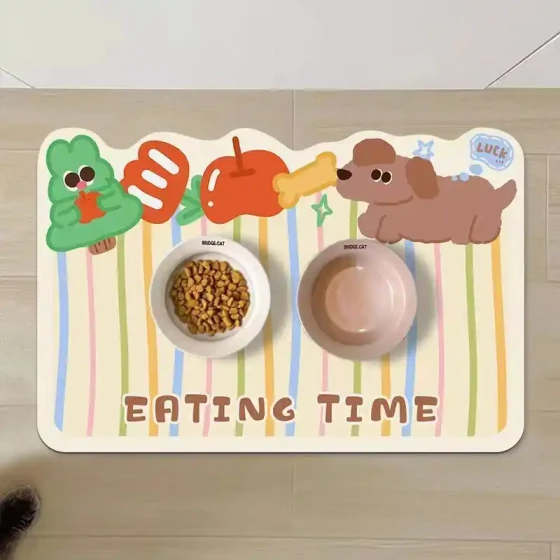
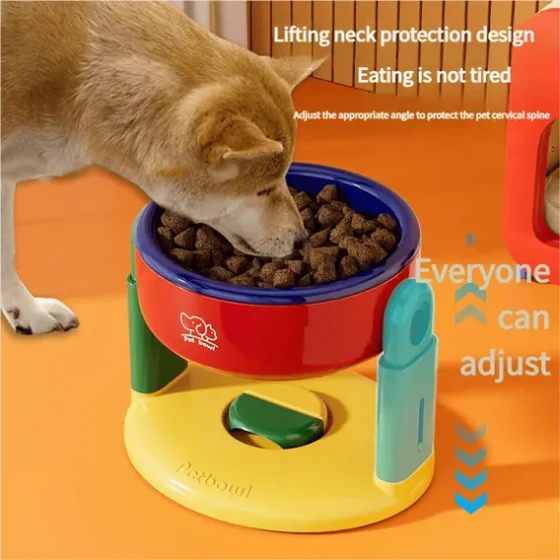
-560x560.webp)
